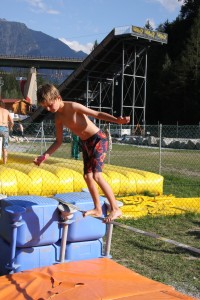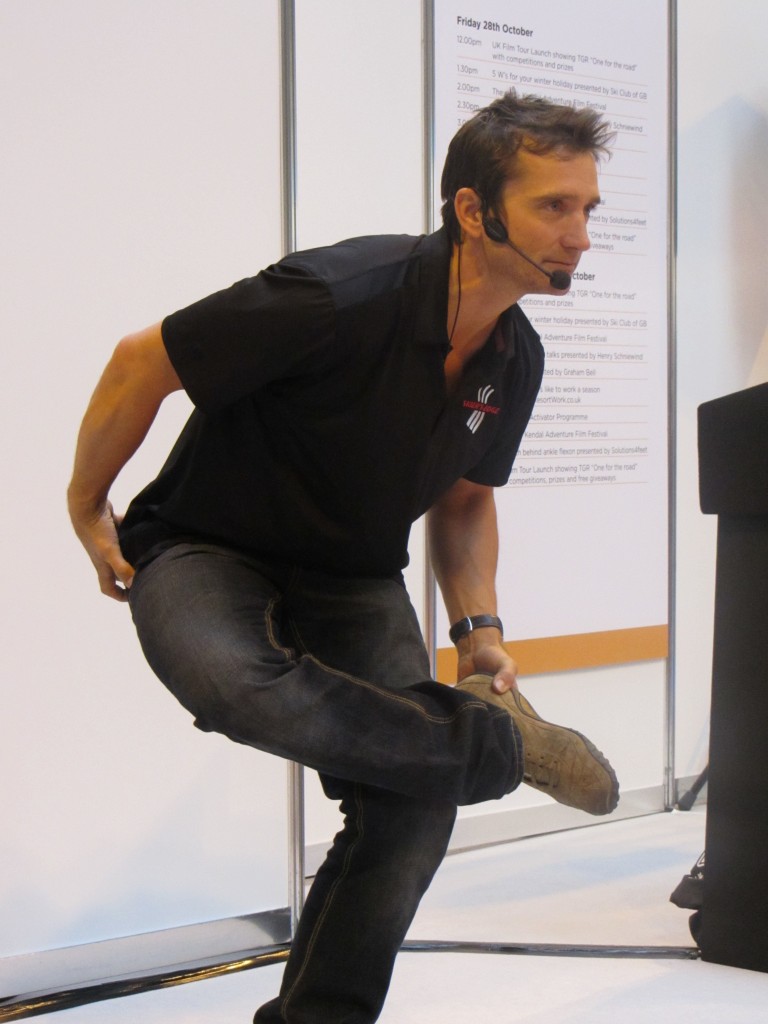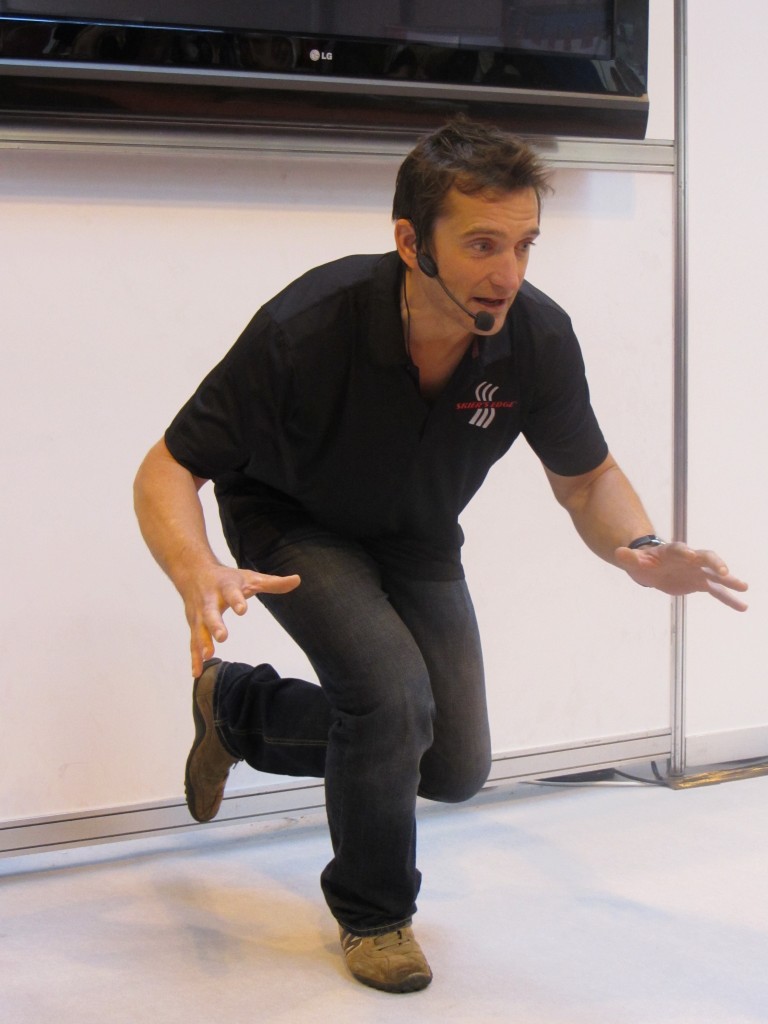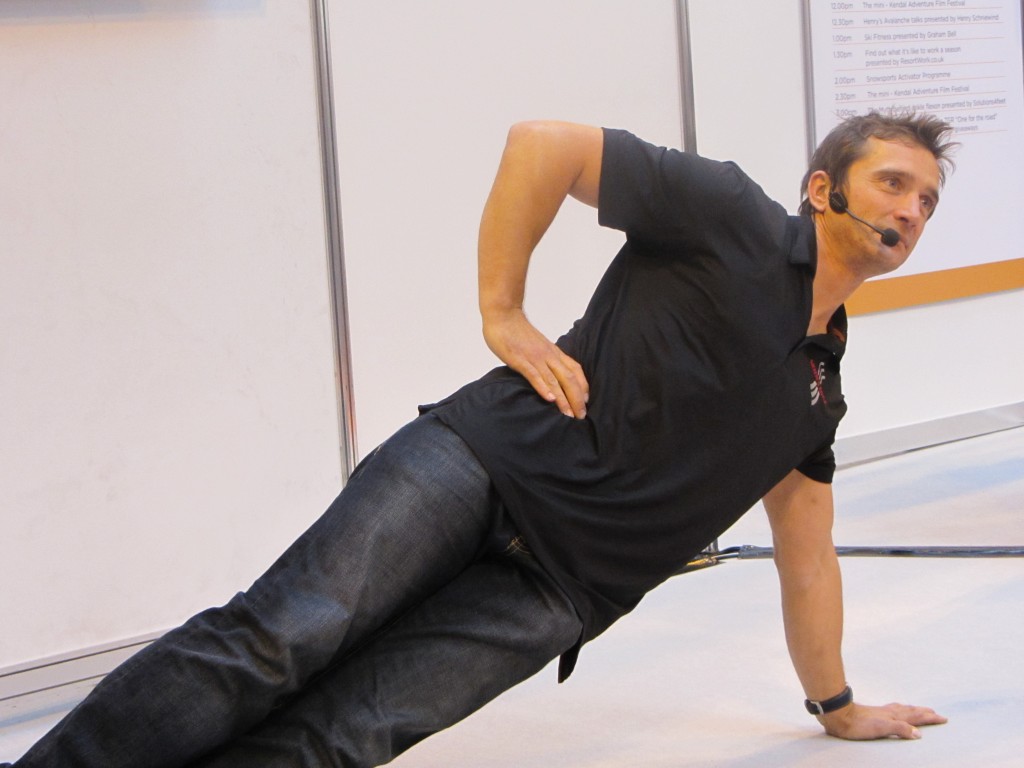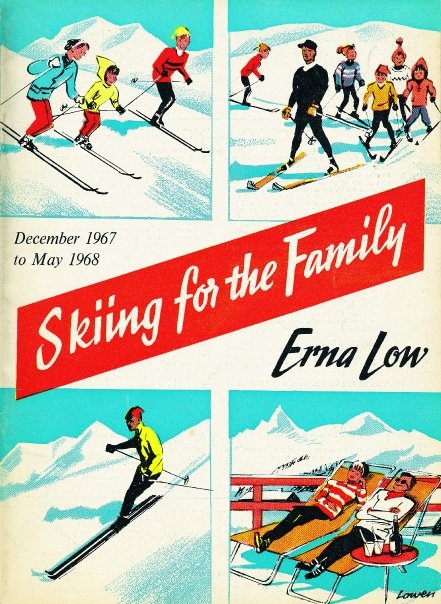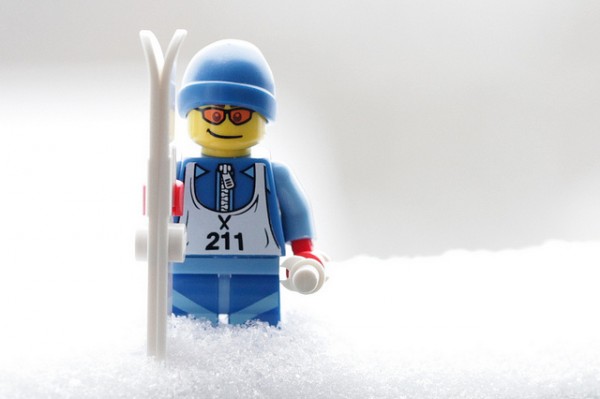Top Family Fitness Tips
It’s easy to forget just how tough a ski trip can be on your body. Most people average between four to six hours of sustained exercise per day on the slopes – considerably more than we’re used to in our daily lives, yet alone at altitude. Your level of fitness can have a marked effect on the enjoyment of your holiday, especially if you’re new to skiing and spend a large amount of time picking yourself or your children up from the snow after a tumble.
A small amount of ski-specific exercise could make all the difference to your holiday enjoyment. So, Family Ski News decided to get some fitness tips for all the family at a workshop run by former British Olympic skier, Graham Bell – perhaps better known today as the BBC TV presenter of Ski Sunday. Here are our findings:
According to Graham, a small amount of ski-specific exercise can make all the difference to your holiday enjoyment. “Even if you’re super-fit, you can still come off the piste after day one of the holiday with aches and pains in muscles you didn’t know you had.”
Graham’s first tip is to start at least six weeks before your trip, in order to build up your base fitness and stamina so you tire less easily and can ski longer runs without having to stop for breaks.
Any type of aerobic training is excellent for this, and plenty of sports and fun activities provide plenty of opportunity to improve your cardiovascular fitness…running, ice-skating, rollerblading, squash, cycling. “All ski racers cycle a lot, so just ‘get on yer bike’ and cycle at every opportunity, like me. It’s the best possible training for skiers.” he enthuses.
Longer sessions of low intensity are better than short bursts of high intensity, so get in the habit of taking all the family on a weekend cycle ride or try rollerblading or skateboarding to school.
Nearer your departure date, Graham recommends adding some ski-specific training, to work on muscle strength, balance and flexibility (especially in the hip and lower back region) to prevent injury. “Snowboarders need more flexibility than skiers, as more people ride lower than they ski. Boarding is more physically demanding than skiing, and boarders tend to fall more, especially when you are learning.”
Improving your balance and coordination is perhaps the most fun part of your ski-training and, Graham assures us it will work wonders for your technique too. Kids love trying to outdo their parents on such equipment as wobble boards, balance cushions and Swiss-balls (but make sure children are supervised at all times while using exercise balls and on other unstable surfaces).
Encourage your kids to play on climbing frames; take them round your local fitness trail; to an adventure playground; or to your nearest high ropes course. Slacklines are a huge craze, so why not rig one up in your garden? Paddle-boarding is great for improving balance, coordination and strength; or you could follow in the footsteps of such ski legends as Ingemar Stenmark and Franz Klammer and learn to ride a unicycle?
One specific exercise recommended by Graham is the single leg balance stretch: stand on one leg with your body straight and your knees bent, hand on hips. Place the ankle of one leg so it is resting on the other knee and bounce gently. Repeat with the other leg.
Another exercise is a Super G jump: again balance on one leg with hands on hips then spring diagonally across to land on the other leg, landing in a balanced and controlled position.
Finally, whenever exercising, remember to take time to warm up your muscles before exercise, and to stretch them out and cool down afterwards. “When you’re actually on the slopes, don’t overdo the stretching before you start skiing” warns Graham. “You just need a gentle warm-up, nothing too rigorous. Otherwise you are potentially making yourself more vulnerable to injury”.


